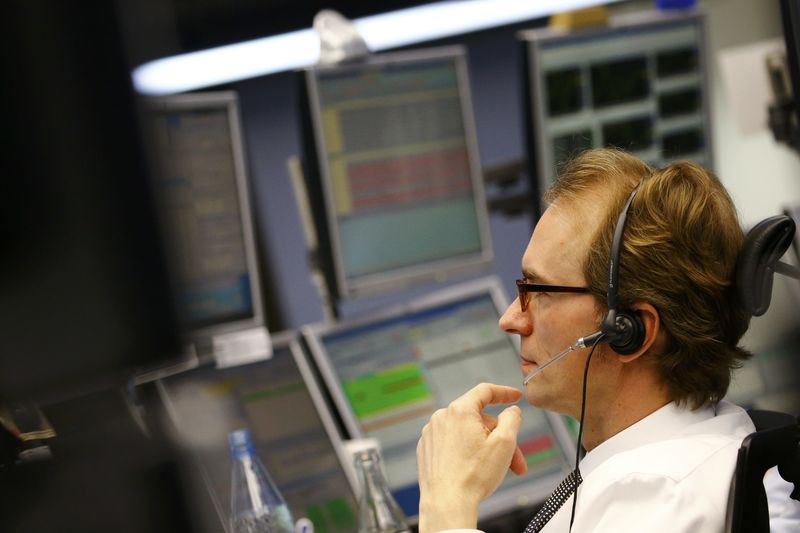Bitcoin price today: climbs to $111k amid easing trade jitters, cooling inflation
Investing.com -- Barclays has downgraded Raiffeisen Bank International AG (VIE:RBIV) (RBI) to “equal weight,” citing limited upside despite improving fundamentals.
The bank’s earnings are supported by growth in Central and Eastern Europe (CEE), but heightened fiscal and geopolitical risks are expected to constrain returns.
Barclays projects a 10% return on equity (ROE) for 2027, “well below management’s >13% medium-term target.”
RBI shares have surged roughly 85% since the end of October 2024, outperforming the SX7P (+59%) and SX7E (+68%).
The rally followed geopolitical optimism after President Trump’s election and speculation about a potential peace deal between Russia and Ukraine.
The bank gained 17% after the announcement of a Trump-Putin meeting, versus 5% for sector indices, highlighting its sensitivity to such developments.
Recent EU and U.S. sanctions against Russia, however, suggest that progress toward a peace deal remains “limited, and the path forward is likely to be prolonged and uncertain.”
Barclays warned that the stock’s sharp re-rating means the current valuation “may already reflect a best-case scenario, thus leaving limited room for upside should geopolitical risks persist or intensify.”
RBI has reduced Russian exposure since 2021, strengthened its CET1 ratio, and rotated earnings toward core CESEE markets.
By 2027, Russia’s profit contribution is expected to fall to 25%, with loan exposure dropping to about 2% of group loans.
While CET1 remains strong, with roughly 200 basis points of excess capital equal to 18% of market capitalization, Barclays noted it is “more ’trapped capital’ as the possibility of additional distribution over and above the dividends looks unlikely to us.”
Potential levers such as the Strabag claim resolution, sale of the Russian business, and dividend resumption from Russia are considered optionality and are not included in the base case due to legal complexities. Barclays estimates the Strabag claim could add €2 billion to excess capital.
CEE growth remains a structural advantage, with Bloomberg consensus forecasting a 2.8% GDP CAGR for the region over 2026–27, compared with 1.4% for the EU.
RBI’s corporate-heavy model benefits from investment and capex revival, but German fiscal stimulus uncertainty and government interventions via levies and windfall taxes may dilute momentum, pushing some impacts into 2027.
Fundamentals show improvement. Loan growth is accelerating, fee income continues to expand, and FX loans have negligible impact.
Barclays expects revenue to exceed company consensus for 2026/27, with costs growing at 3.5% CAGR from 2025–27, above CPI of 2.5%.
Extending the 2026 levy into 2027, Barclays models a 10% consolidated ROE for 2027, “above pre-results consensus but well below management’s >13% consolidated ROE medium-term ambition.”
Barclays adjusted group pre-tax profit for 2025 down by 2% due to tax levies and slightly higher FX provisioning, while 2026–27 estimates remain unchanged.
Ex-Russia, adjusted PBT was cut by 1%/5%/10% for 2025–27, reflecting lower net interest income and higher levies.
RBI trades at 0.5x 2025E TNAV for a 10% 2027 RoTE, below the sector average of 1.4x TNAV for 15% RoTE.
Projected capital returns of about 21% over 2025–27 lag the sector, and ongoing Russian exposure and legal risks are expected to constrain distribution of excess capital.
